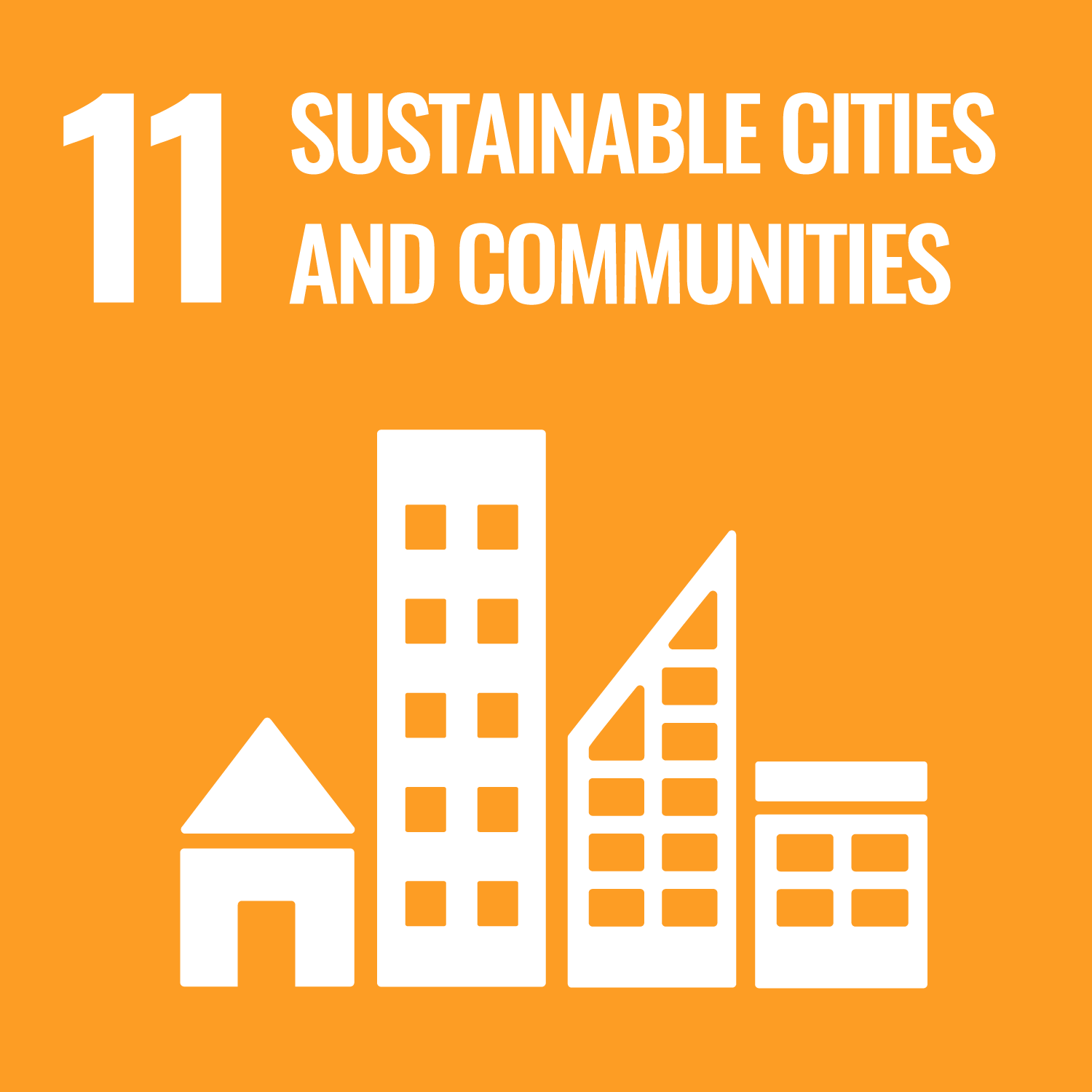ORCID
- Alice E. Hall: 0000-0002-1048-3101
Abstract
Eco-engineering of coastal infrastructure aims to address the insufficient intertidal habitat provided by coastal development and flood defence. There are numerous ways to enhance coastal infrastructure with habitat features, but a common method involves retrofitting artificial rockpools. Often these are ‘bolt-on’ units that are fixed to existing coastal infrastructure but there is a paucity of literature on how to optimise their arrangement for biodiversity. In this study, 24 artificial rockpools were installed at three levels between High Water Neaps and Mean Tide Level on a vertical concrete seawall on the south coast of the UK. The species abundance of the rockpools and adjacent seawall were surveyed at low tide for 2 years following rockpool installation and compared. Over the course of the study, sediment had begun to accumulate in some of the rockpools. At the 2-year mark, the sediment was removed and assessed for macrofauna. Algal biomass of the seawall and rockpools was estimated using previously obtained dry weight values for the dominant algae taxa. After 2 years, it was determined that artificial rockpools successfully increase species richness of seawalls, particularly at higher tidal levels where water-retaining refugia are crucial for many species. The rockpools hosted 37 sessile taxa and 9 sessile taxa were recorded on the seawall. Rockpools increased the vertical elevation for brown canopy-forming seaweeds by providing better attachment surfaces. Although the retained sediment only hosted 3 infaunal species, it was observed to provide shelter for shore crabs during surveys. As sea levels and ocean and air temperatures continue to rise, vertical eco-engineering arrangements will play a crucial role in allowing species to migrate up the tidal zone, negating habitat loss and localised extinction.
DOI Link
Publication Date
2024-11-15
Publication Title
Science of the Total Environment
Volume
951
ISSN
0048-9697
Acceptance Date
2024-08-12
Deposit Date
2024-09-04
Funding
This research formed part of the Marineff Project, selected by Interreg France Channel England which was co-funded by the European Regional Development Fund. We are grateful to Peter Lewis, who assisted with fieldwork, and to the Hamble Harbour Authority and Hampshire County Council for the use of their seawall, with particular thanks to Alison Fowler for her assistance.
Additional Links
Keywords
Coastal engineering, Greening the grey, Nature inclusive design, Nature-based solutions, Environmental Monitoring/methods, United Kingdom, Biomass, Biodiversity, Animals, Ecosystem, Refugium, Geologic Sediments/chemistry, Tidal Waves, Conservation of Natural Resources/methods
Creative Commons License

This work is licensed under a Creative Commons Attribution 4.0 International License.
Recommended Citation
Bone, J., Stafford, R., Hall, A., & Herbert, R. (2024) 'Vertical arrays of artificial rockpools on a seawall provide refugia across tidal levels for intertidal species in the UK', Science of the Total Environment, 951. Available at: 10.1016/j.scitotenv.2024.175528


